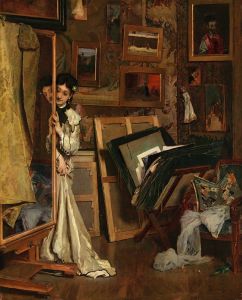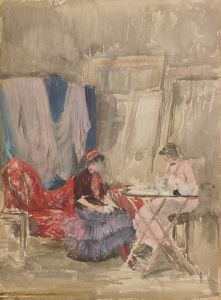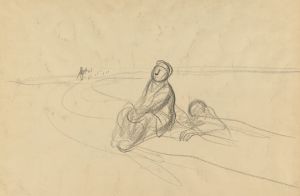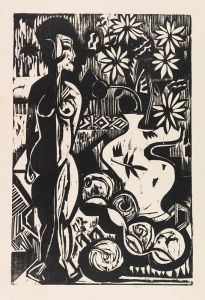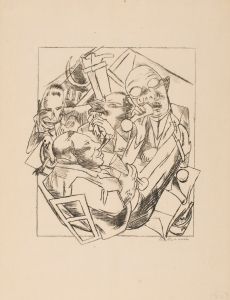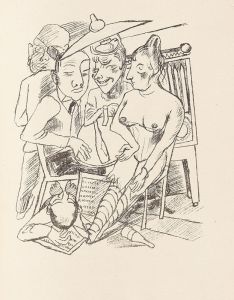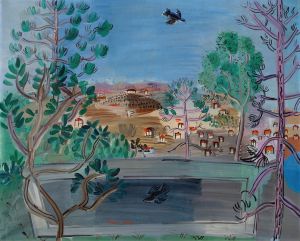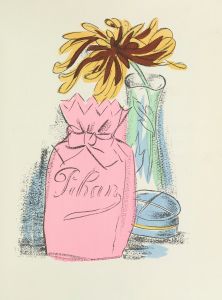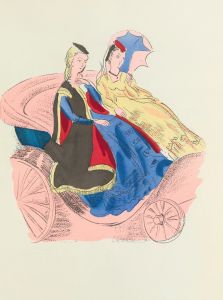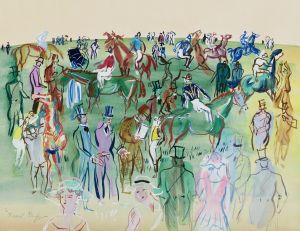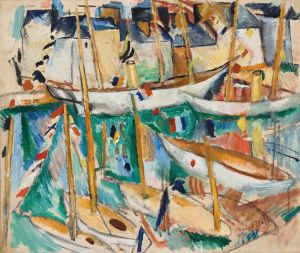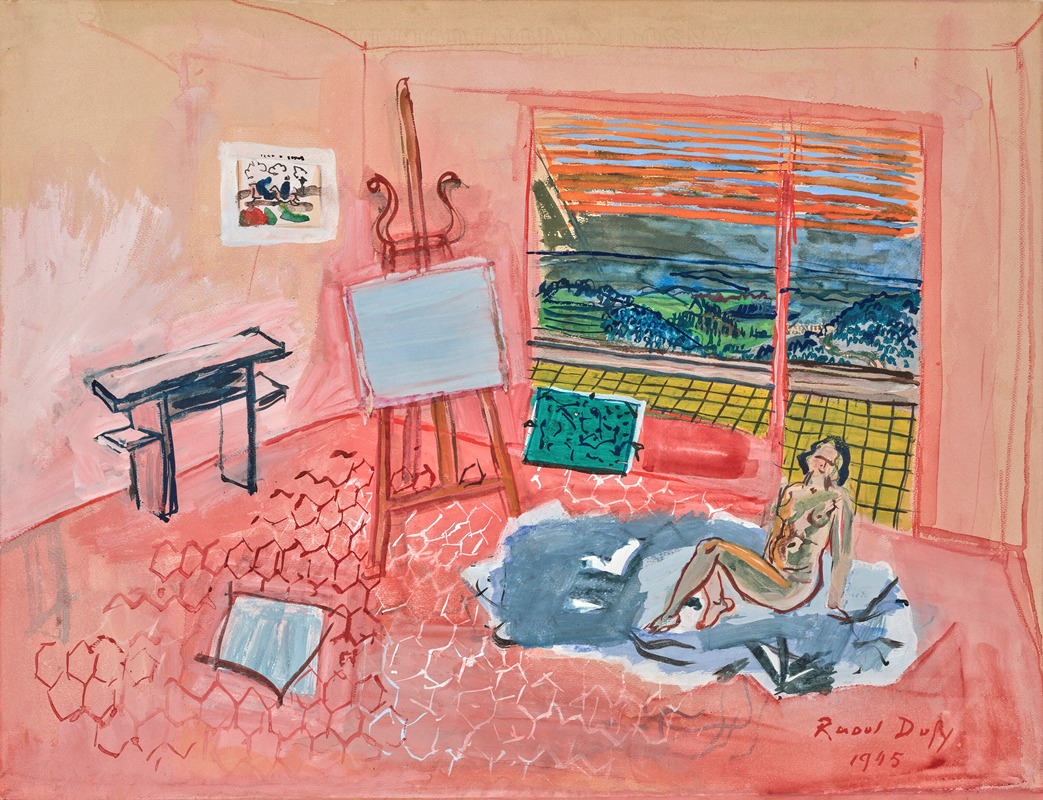
Nu dans l’atelier rouge de Vence
A hand-painted replica of Raoul Dufy’s masterpiece Nu dans l’atelier rouge de Vence, meticulously crafted by professional artists to capture the true essence of the original. Each piece is created with museum-quality canvas and rare mineral pigments, carefully painted by experienced artists with delicate brushstrokes and rich, layered colors to perfectly recreate the texture of the original artwork. Unlike machine-printed reproductions, this hand-painted version brings the painting to life, infused with the artist’s emotions and skill in every stroke. Whether for personal collection or home decoration, it instantly elevates the artistic atmosphere of any space.
Raoul Dufy was a French Fauvist painter known for his colorful and decorative style, which often depicted leisure activities and landscapes. One of his works, "Nu dans l’atelier rouge de Vence" (Nude in the Red Studio at Vence), exemplifies his vibrant use of color and his interest in capturing the essence of his surroundings.
Dufy was born on June 3, 1877, in Le Havre, France. He began his artistic education at the École des Beaux-Arts in Le Havre and later continued his studies in Paris. Initially influenced by the Impressionists, Dufy’s style evolved significantly after encountering the works of Henri Matisse and the Fauvist movement in the early 20th century. Fauvism, characterized by bold colors and expressive brushwork, had a profound impact on Dufy’s artistic development.
"Nu dans l’atelier rouge de Vence" was created during a period when Dufy was residing in Vence, a town in the Provence-Alpes-Côte d'Azur region of southeastern France. Vence was a popular destination for artists due to its picturesque landscapes and vibrant light, which provided ample inspiration for painting. The town's serene environment and natural beauty are often reflected in Dufy’s works from this period.
In "Nu dans l’atelier rouge de Vence," Dufy employs a vivid palette dominated by reds, which is characteristic of his Fauvist influence. The painting depicts a nude figure within the confines of an artist's studio, a subject that allows Dufy to explore the interplay of color and form. The use of red not only sets the tone of the painting but also creates a warm and inviting atmosphere, drawing the viewer into the intimate space of the studio.
Dufy’s approach to the human figure in this painting is both stylized and relaxed, emphasizing the fluidity of line and the harmony of color. The figure is rendered with a sense of ease and naturalness, reflecting Dufy’s ability to convey the human form with both simplicity and elegance. The studio setting, with its rich red hues, serves as a backdrop that enhances the figure’s presence and adds depth to the composition.
Throughout his career, Dufy was celebrated for his ability to capture the joy and vibrancy of life through his art. His works often convey a sense of movement and lightness, qualities that are evident in "Nu dans l’atelier rouge de Vence." The painting is a testament to Dufy’s mastery of color and his ability to create compositions that are both dynamic and harmonious.
Dufy continued to paint and exhibit his work until his death on March 23, 1953. His legacy as a key figure in the Fauvist movement and his contributions to modern art are widely recognized. "Nu dans l’atelier rouge de Vence" remains an important example of his artistic vision and his enduring influence on the world of art.





